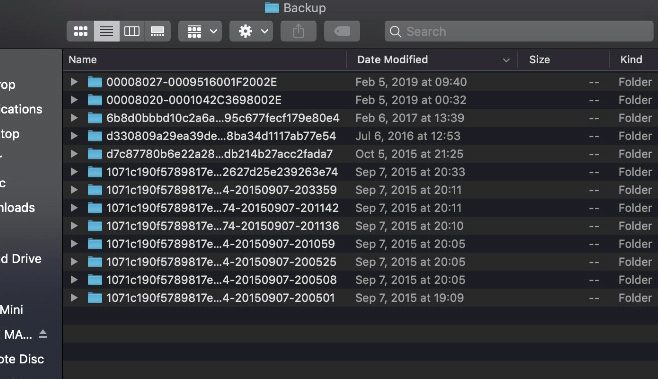

Check our guide for instructions: Change your email settings to Mobile Sync. Setting up Mobile Sync on iPhone Setting up Mobile Sync on Android Samsung app Setting up Mobile Sync on Windows Phone Setting up Mobile Sync in Outlook for Windows 2016/13 Setting up Mobile Sync on Windows 10 Mail Note: If you've previously set up your account with IMAP, you first need to remove the IMAP account and then set it up again with Mobile Sync. Domain: leave empty if you are asked to enter something hereĬheck out our step-by-step guides below for detailed instructions.Password: the one you also use for Webmail.Check our guide for step-by-step instructions on how to activate it. To use Mobile Sync, you need to enable Premium Mail for your email account. The advantage of using Mobile Sync instead of IMAP (or POP), is that it syncs not only your email, but also your contacts and calendar. Mobile Sync uses Exchange ActiveSync (EAS), a protocol from Microsoft that is designed specifically for syncing to mobile devices. It synchronizes your emails, contacts and calendar between Webmail and your mobile devices. Mobile Sync is a feature that is included with Premium Mail. On Windows it’s slightly more complicated based on which version of Windows you’re running.įor Windows XP, navigate to: \Documents and Settings\(username)\Application Data\Apple Computer\MobileSync\Backup\Īnd for users running Windows 7, 8, or 10: \Users\(username)\AppData\Roaming\Apple Computer\MobileSync\Backup\įrom here you can manually delete backups to save space on your hard drive, or copy them to an external hard drive to have a backup of your backup.Where can I enable it? How can I set it up? You can match the backup you see in Finder with the one in iTunes by looking at the date and time the backup was completed and when the folder was modified. You can optionally fire up iTunes, open preferences (iTunes > Preferences or ⌘ + ,), click on Devices, right-click your device and click Show in Finder. Within there you’ll find your iPhone and iPad backups backed up through iTunes, scrambled with a long string of letters and numbers. Type in the following command: ~/Library/Application Support/MobileSync/Backup/.

Follow along to learn where iTunes stores its backups. Backup and Sync is Google Drive’s app for Windows and Mac computers that lets you access Google Drives files on your computer and also creates a backup of your selected local files to Google Drive.

If you’re old school and still prefer to backup your iOS devices through iTunes, it’d be handy to know where those backups are located.


 0 kommentar(er)
0 kommentar(er)
